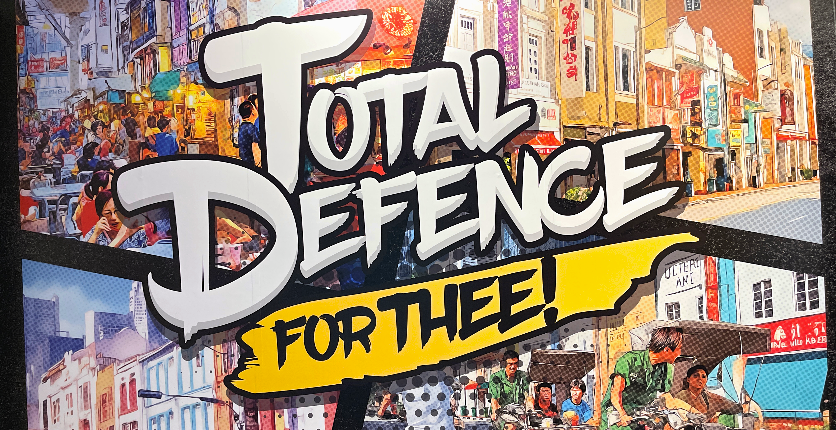It’s hard to monitor your kids all the time in the home. Even if you’re super-vigilant, accidents – such as falls, burns, electric shocks and choking – can occur.
That’s why it’s important to know how to prevent mishaps and deal with serious emergencies, as well as care for or treat your little ones before medical help arrives.
Here, the Singapore Civil Defence Force (SCDF) shares their tips for keeping your kids safe.
1. Learn first aid techniques
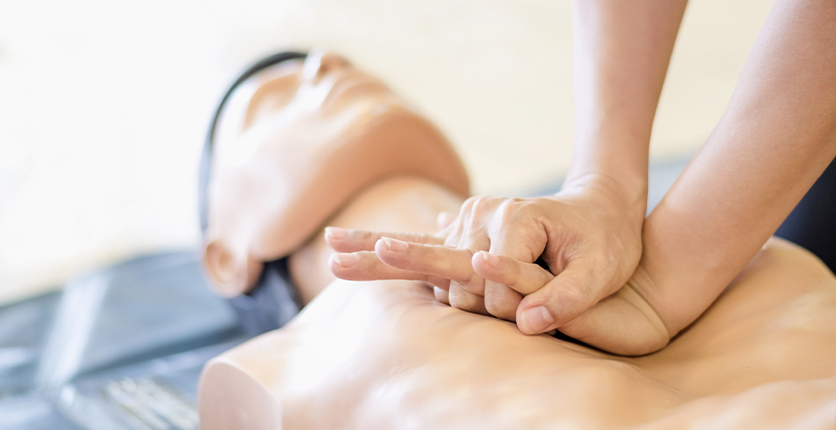
It’s useful to know these basic first-aid techniques:
Heimlich Manoeuvre: This is used on someone who is choking and has a fully obstructed airway.
Cardio-Pulmonary Resuscitation (CPR): This life-saving technique is used to rescue casualties who have collapsed from cardiac arrest. Along with the Automated External Defibrillator (AED), it increases a casualty’s chances of survival in the event of a cardiac arrest.
The SCDF offers the Responders Plus Programme, an emergency preparedness training programme that equips learners with core lifesaving skills, namely first aid, CPR-AED, and basic firefighting. Find out more here.
2. Pack a “ready bag”
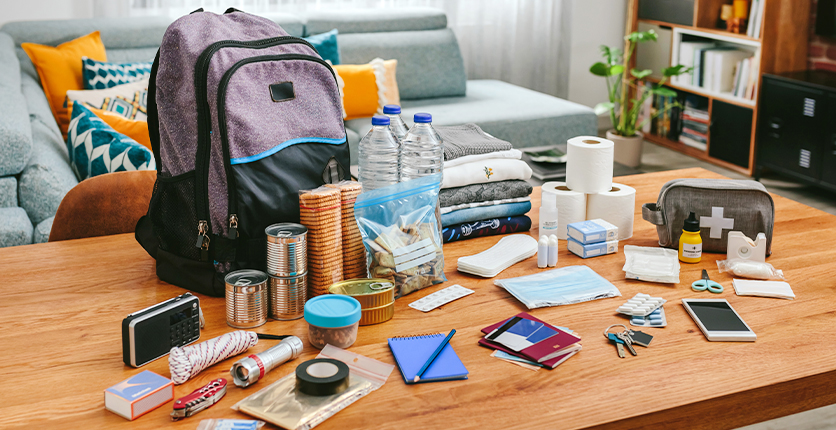
A ready bag contains important items that will help you in an emergency. You should bring it along when you’re required to evacuate your home. Every member of the family should know where the ready bag is kept (it is recommended that you store it in an easily accessible location). You should fill the bag with these essential items:
Torchlight without batteries: In case of a power outage and when evacuating in the dark.
Batteries: For powering the torchlight and radio. Pack extra batteries and do not fit batteries into the devices until needed, otherwise they may leak or rust.
Essential personal medication and healthcare supplies: For any existing medical condition that you or your family members may have. Include spare face masks and hand sanitiser to protect against bacteria, viral infections and viruses.
Waterproof folder containing photocopies of important documents e.g. NRIC, insurance policies: For administrative purposes should the original documents be destroyed in a fire.
Whistle: To call for help or alert others; shouting may be tiring and ineffective and may even cause you to inhale dangerous amounts of smoke and dust in some cases.
First aid kit: To treat minor injuries.
Childcare supplies and other special care items: For families with infants and toddlers.
N95 mask: To protect you and your family from excessive exposure to pollutants and air-borne infections.
Other, optional items you may want to pack include a list of personal contact numbers for family members, a list of emergency numbers (such as for insurance or utility companies), cash, bottled water, and a set of spare clothes. Avoid packing bulky items, and remember to check expiry dates of specific items like first-aid supplies and masks, and to periodically replace batteries with new ones.
3. Get a fire extinguisher
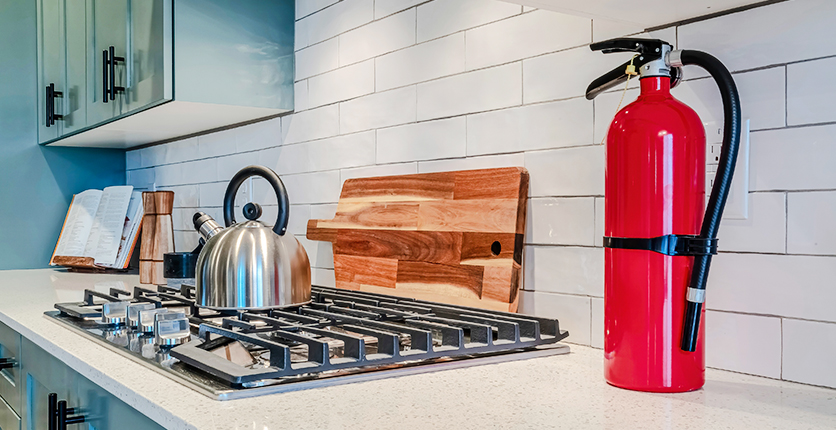
Every household should have at least one Dry Chemical Powder fire extinguisher that is certified by a Certification Body accredited by the Singapore Accreditation Council. A Dry Chemical Powder fire extinguisher can be used to extinguish many types of household incipient fires. The list of authorised fire extinguisher dealers and servicing workshops is listed on the SCDF website.
4. Have a first aid kit on hand
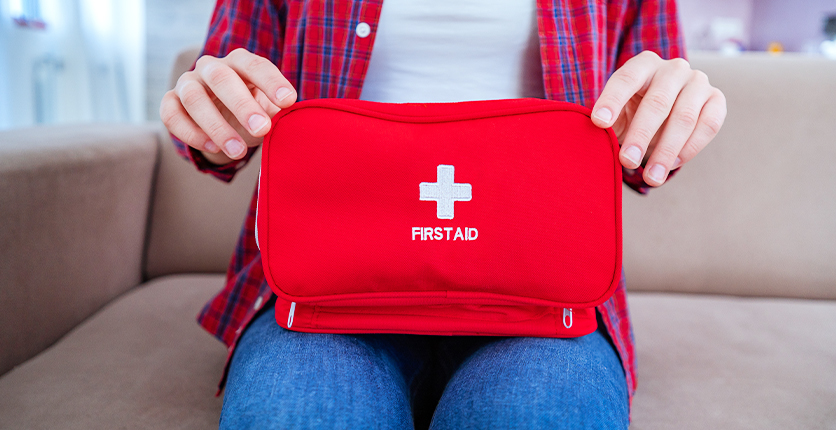
A first-aid kit is useful for minor accidents around the house. You can purchase one at a pharmacy. Remember to monitor the expiry dates of the supplies in the kit on a regular basis and replenish them when necessary. The first-aid kit should be stored somewhere so that it can be accessed by adults yet remain out of the reach of children.
Examples of items in a first-aid kit: Tweezers, scissors, thermometer, disposable gloves, bandages, and dressing.
5. Prevent fires
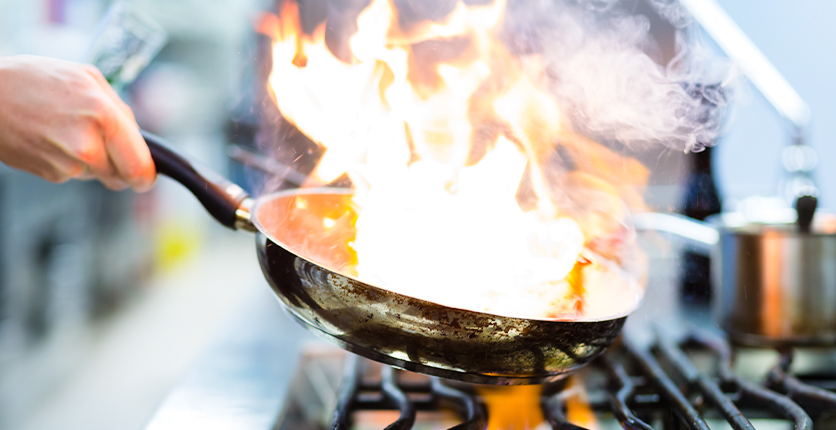
In 2023, there were 970 fires in residential buildings, an increase of 3.7% from 935 fires in 2022, according to SCDF.
The top three causes of fires in residential buildings are unattended cooking, electrical issues, and the indiscriminate disposal of unwanted items in common areas such as lift lobbies, staircase landings and common corridors.
To prevent fires from occurring in your kitchen, don’t leave your cooking unattended, even for a short time, and avoid overheating oil to the point where the oil gets hot enough to self-ignite.
In the event of a kitchen stove fire:
- Keep calm and assess the fire. If the fire is too large, call 995 immediately.
- If the fire is manageable, cover the wok or pot with a lid or a large damp towel completely to extinguish the fire.
Fight the fire only if you can and without endangering yourself and others. Otherwise, call 995 immediately.
6. Quickly address falls and other accidents
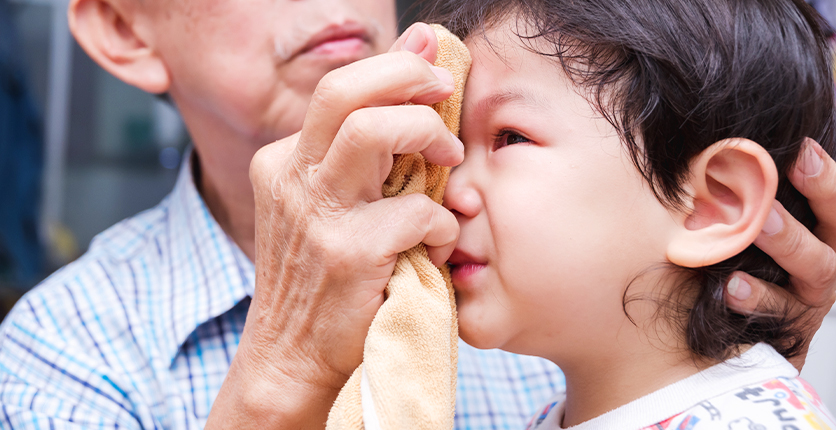
It’s helpful to know how to deal with common emergencies:
Foreign body ingestion:
- Avoid consuming any more food/drinks. This will prevent further dislodging of the ingested object, which could be dangerous.
- Do not attempt to remove the object or induce vomiting to do so. Without proper equipment, you could end up pushing the object even further in.
- Call for help early, especially if your child is actively choking or experiencing difficulty breathing.
- Take note of the ingested object and inform your healthcare provider.
Note: It is not recommended for non-Basic Cardiac Life Support (BCLS) trained parents to attempt the Heimlich Manoeuvre due to the risk of improper indication, as this is only for complete obstruction and poor positioning causing injury to the xiphoid (the smallest part of the sternum).
Fall from height with head injury:
- Ensure your child is safely out of the way of any further danger.
- Avoid unnecessary movements within your child’s comfort level, to prevent aggravating any potential spine injuries.
- Using a clean cloth, apply firm, direct pressure to actively bleeding open wounds to stop the bleeding.
- Do not attempt to dislodge any foreign objects from the open wound or introduce any other objects, as this may cause further injury.
- Inform your healthcare provider of the circumstances of the injury, as well as any vomiting or unusual movements observed after the injury.
Other resources that can help keep you and your family safe:
Responders Plus Programme (RPP)
Previously named the Community Emergency Preparedness Programme (CEPP), this is an instructional public education programme that focuses on practical hands-on sessions. It equips participants with essential life-saving skills and knowledge to deal with emergency situations prior to arrival of SCDF.
The RPP has two components – Online and In-Person. The online component is a self-directed e-learning courseware that takes about 45 minutes to complete, and users can navigate it via their digital devices.
The RPP (In-Person) is a four-hour practical lesson that focus on the hands-on application of the following skill sets:
- Essential Emergency Preparedness Knowledge
- First Aid
- CPR/AED
- Fire Safety and Evacuation Procedure
- SGSecure
Find out more at: scdf.gov.sg/community-volunteers/responders-plus-programme-(rpp)/course.html
myResponder mobile app
This application by SCDF alerts members of the public – also known as Community First Responders (CFRs) – to nearby fire and medical cases, thereby helping to save lives and increase the survival rate for Out-of-Hospital-Cardiac-Arrest (OHCA), as well as mitigate minor fires in the first few critical minutes. The app may also require members of the public to provide onsite information (via submission of photos and videos) for SCDF to gain an understanding of the emergency. Through the “Call 995” button in the app, users can also send their geolocation to SCDF’s 995 Operations Centre, enabling SCDF to dispatch emergency resources to the scene sooner.
Available on the Apple store and Google Play store. To learn more, go to scdf.gov.sg/home/community-volunteers/mobile-applications.
Want more articles like this, and other lifestyle content right in your inbox? Download the new SAFRA mobile app and opt in for the eNSman Newsletter – you don’t need to be a SAFRA member to subscribe – and never miss another story!






